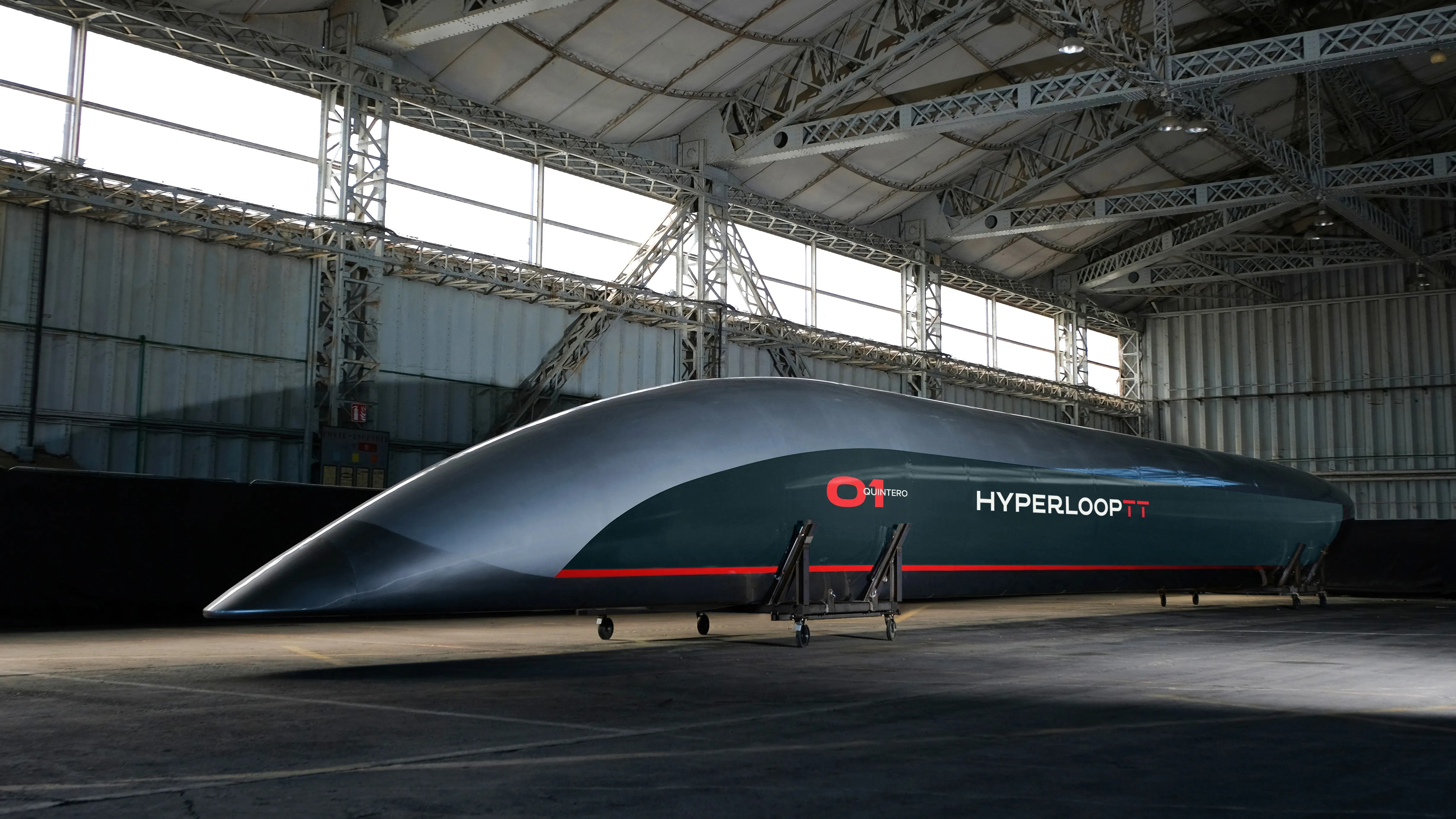
Hitachi Rail’s ERTMS (European Rail Traffic Management System) is to be integrated with Hyperloop Transportation Technologies' capsule travelling system in France.
Hitachi says the integrated technology will manage and automate hyperloop capsules travelling at speeds up to 760mph.
The integration will begin at HyperloopTT’s Research & Development Centre at Aerospace Valley in Toulouse, the capital of France’s southern Occitanie region.
HyperloopTT CEO Andres De Leon says: “Having Hitachi as a technology provider will improve our system’s safety profile while showing the world that transportation companies are ready to contribute to our system.”
Leonardo Impagliazzo, chief director of innovation at Hitachi Rail, says the partnership brings the company’s “signalling and automation systems to the hyperloop project and allows us to evolve those systems to embrace super-high-speed transport”.
Hitachi’s signalling technology is used throughout the US, Europe, Australia and Asia.
The ERTMS is compliant to European standards and helps safely move millions of passengers every year, the company adds.









